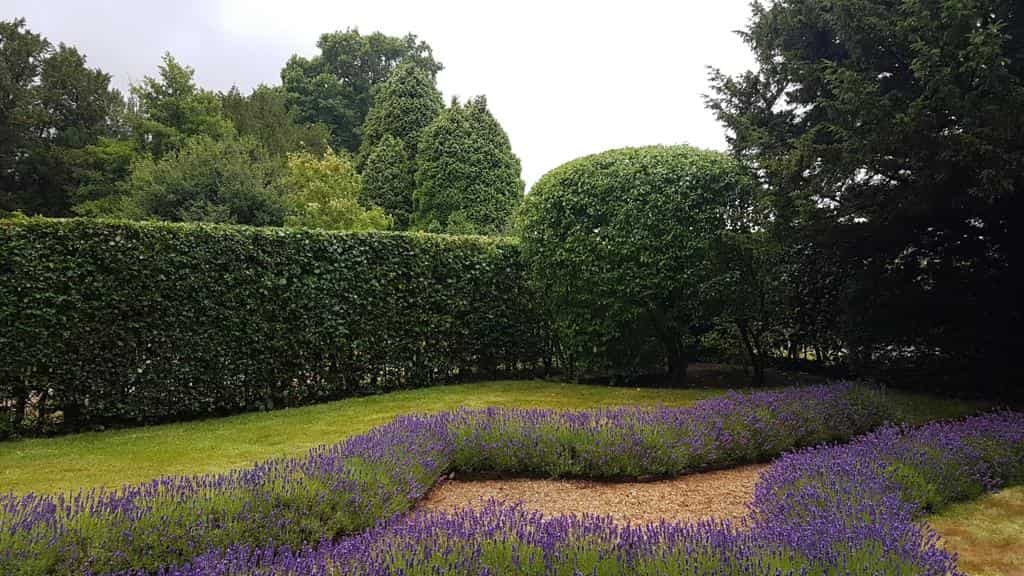Trees are an essential part of our environment, offering aesthetic beauty, improving air quality, and providing habitats for wildlife. However, there are situations where tree felling becomes necessary due to safety concerns, structural risks, or environmental factors. Knowing when to remove a tree and when to preserve it is a critical decision that requires careful assessment.
At EM Tree Surgery Bedminster, we provide expert tree care services in Bedminster, Bristol, ensuring trees are managed safely and responsibly. Here, we explore the factors that determine whether a tree should be felled or saved.
When Should a Tree Be Felled?
1. Safety Hazards and Structural Instability
A structurally compromised tree poses significant risks to property and public safety. Common signs that indicate a tree may need to be removed include:
- Large cracks or splits in the trunk
- Dead or brittle branches falling frequently
- A leaning tree with unstable roots
- Signs of internal decay, such as hollowing
In these cases, felling the tree can prevent accidents, particularly during storms or high winds.
2. Disease and Pest Infestation
Certain tree diseases and infestations can weaken a tree beyond recovery. If a tree is heavily infected and at risk of spreading disease to nearby vegetation, removal may be the only option. Common conditions include:
- Dutch Elm Disease – A fungal infection that causes wilting and branch dieback in elm trees.
- Ash Dieback – A severe disease affecting ash trees, leading to canopy thinning and structural weakness.
- Honey Fungus – A destructive root disease that spreads underground and can kill entire tree groups.
A professional assessment can determine whether treatment is possible or if removal is the safest course of action.
3. Structural Damage to Property
Tree roots can cause extensive damage to nearby structures, including:
- Cracked pavements and driveways
- Disruptions to underground pipes and drainage systems
- Pressure on building foundations, leading to cracks and instability
If a tree is affecting structural integrity and alternative solutions such as root pruning are not viable, felling may be necessary.
4. Overcrowding and Poor Growth Conditions
In some cases, trees grow too close together, preventing them from developing properly. This can result in:
- Competition for sunlight, water, and nutrients
- Weak, spindly growth leading to instability
- Increased risk of disease spread between trees
Selective tree removal helps maintain the health of the remaining trees by allowing better access to essential resources.
5. Land Development and Planning Restrictions
In urban and suburban areas, tree removal may be required to allow for property extensions, new driveways, or infrastructure projects. However, it is important to check for Tree Preservation Orders (TPOs) before proceeding, as protected trees require special permissions for removal.
When Should a Tree Be Saved?
1. Healthy and Structurally Sound Trees
A tree that is healthy, well-maintained, and not posing a direct risk should be preserved whenever possible. Mature trees contribute to biodiversity, provide shade, and improve air quality.
2. Manageable Issues Through Tree Surgery
Instead of removal, certain issues can be addressed with professional tree surgery techniques such as:
- Crown Reduction – Reducing the overall size of a tree to improve safety and aesthetics.
- Crown Thinning – Removing selected branches to allow more light and air circulation.
- Bracing and Cabling – Providing additional support to weak branches or split trunks.
These methods help preserve the tree while mitigating risks.
3. Wildlife Habitat Considerations
Many trees provide nesting sites for birds, shelter for insects, and food sources for local wildlife. If a tree is home to protected species, felling may be restricted under UK wildlife laws. In such cases, careful planning is required to balance safety with environmental conservation.
4. Historic or Landscape Value
Some trees hold cultural or historical significance, forming part of the local landscape. Where possible, efforts should be made to retain these trees through conservation strategies.
Making the Right Decision: Professional Tree Assessment
Before deciding whether to fell or preserve a tree, a professional tree assessment should be carried out. A qualified tree surgeon can:
- Inspect the tree for signs of disease, decay, or instability.
- Assess risks posed to property, people, and infrastructure.
- Recommend the best course of action, whether it be felling, pruning, or tree maintenance.
Why Choose EM Tree Surgery Bedminster?
At EM Tree Surgery Bedminster, we specialise in professional tree care and felling services in Bedminster, Bristol. Our team provides expert assessments and tailored solutions to ensure trees are managed safely, legally, and responsibly.
Conclusion
The decision to fell a tree should never be taken lightly. While some trees pose safety risks or structural challenges that warrant removal, others can be saved through careful maintenance and tree surgery. Seeking expert advice ensures the right action is taken, balancing safety, aesthetics, and environmental preservation.
If you need professional guidance on whether to fell or preserve a tree, contact EM Tree Surgery Bedminster today for expert assessment and solutions.
Call us on: 0117 463 1711
Click here to find out more about EM Tree Surgery Bedminster
Click here to complete our contact form and see how we can help with your tree needs.

